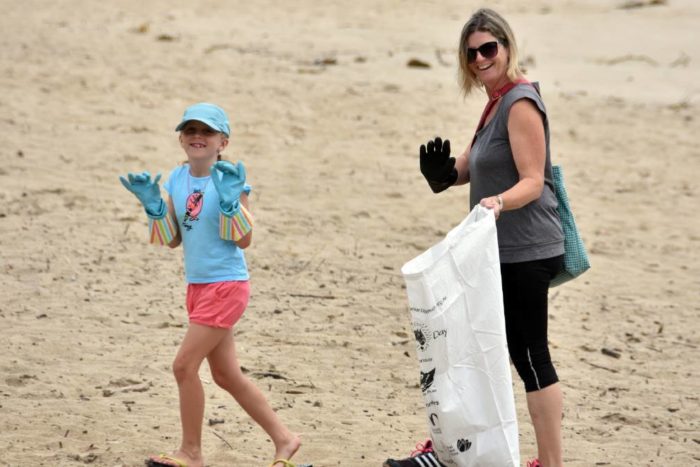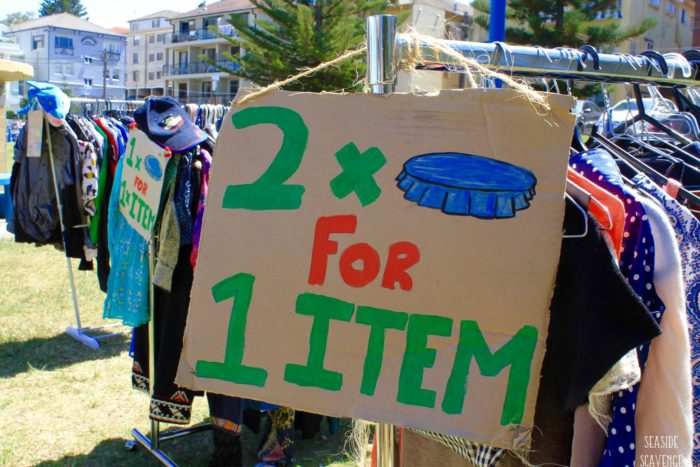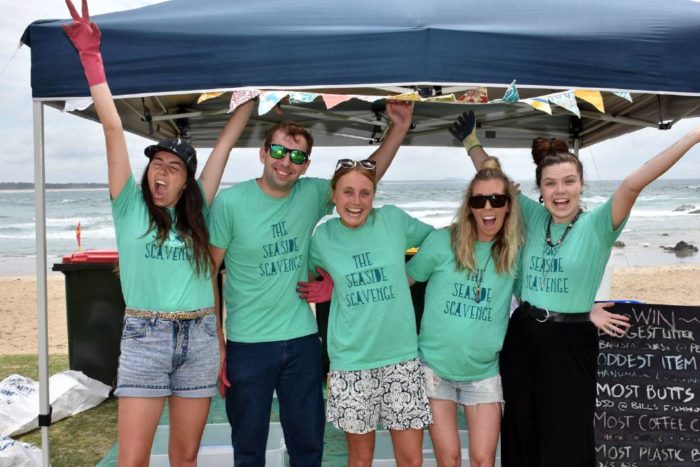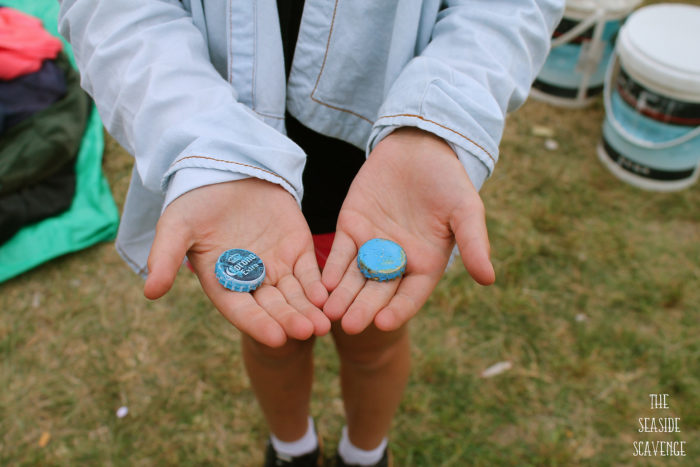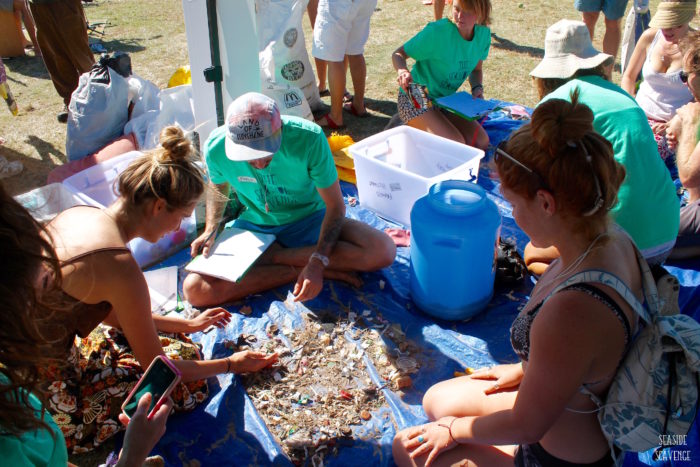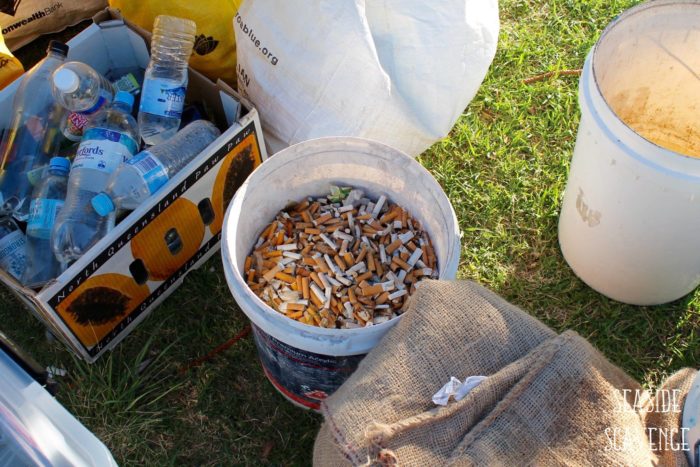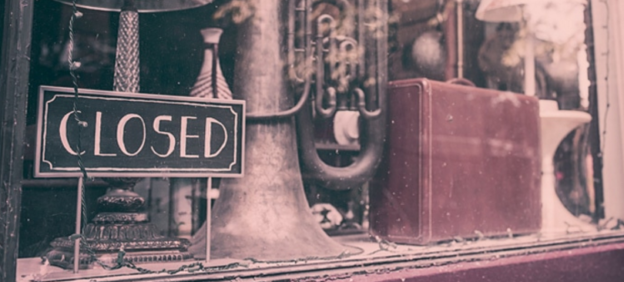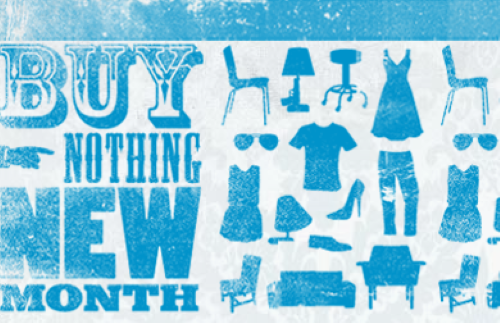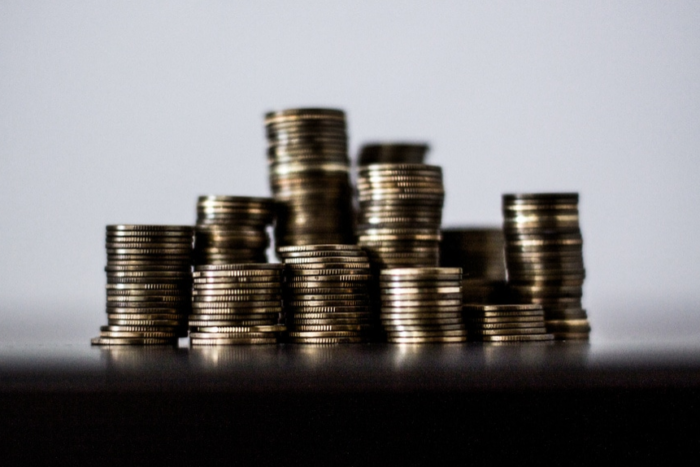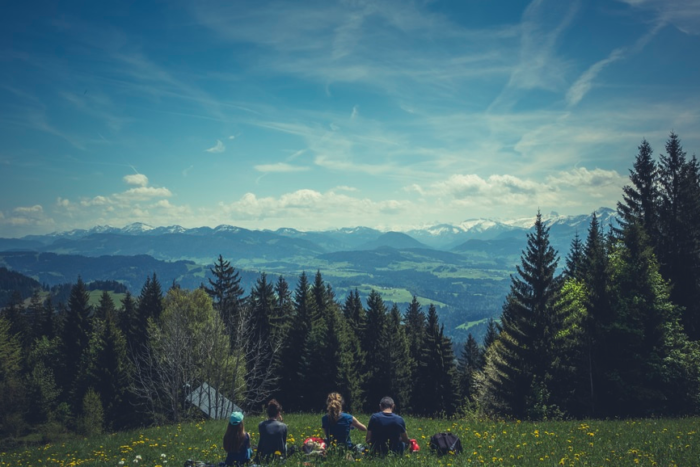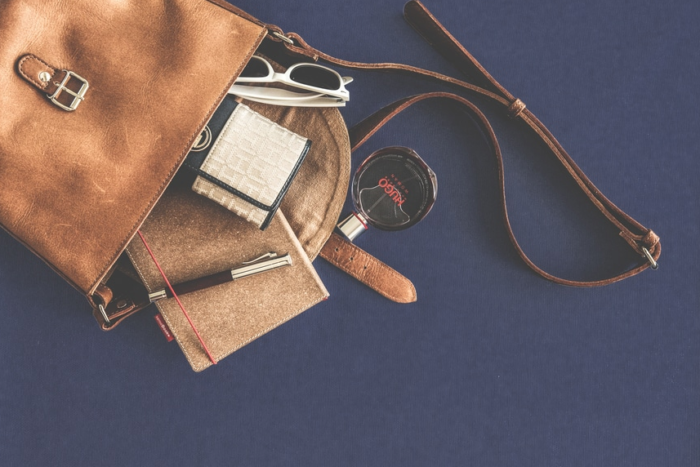Celebrating Earth Day
In case you missed it, just last week people all over the world were ‘Marching for Science’ to celebrate the 37th Earth Day. You may not know it, but the first Earth Day occurred on April 22nd in 1970 and brought 20 million Americans together for one common cause—the environment!
Earth Day was originally started by Gaylord Nelson, a Wisconsin Senator who had spent 7 years in the Senate pushing for reform on environmental policy with little to no luck. Inspired by campus activism in the 60’s, Gaylord proposed a nationwide teach-in across the US to be held not only on university campuses, but in community centres, primary schools, and high schools. His committee helped provide information and support for organisers across the US who chose to host teach-ins for their communities. The event grew so large it’s estimated 1 in 10 Americans took part in the first Earth Day.
Since then it has become an internationally-recognised day to bring awareness to and increase knowledge around environmental protection. Each year has a core focus and this years’ was the March for Science, calling on groups around the world to celebrate science in our communities and recognise the importance of research in order to better understand the world we live in. Here’s a look at how people took action across the world:
Marching for science in the streets of Kangerlussuaq. @SciMarGreenland #marchforscience pic.twitter.com/oHRh2YFog1
— Jonathan Kingslake (@JKingslake) April 22, 2017
Unser #marchforscience. Ihr seht gut aus, danke fürs Dabeisein 🙂 #dd2204 pic.twitter.com/Vef7Ls6RHZ
— ScienceMarch Dresden (@ScienceMarchDD) April 22, 2017
when a picture says a million words! #marchforscience #marchforscienceug pic.twitter.com/xcIaJQiTj9
— UBIC (@UgandaBIC) April 22, 2017
Feeling inspired?
If you’re passionate about the environment, visit our calendar for 2017-2018 to see our upcoming adventures aimed at environmental charities.
![]() @INSPIREDADVENTURES
@INSPIREDADVENTURES
[mgl_instagram_user username=”inspiredadventures” cols=”6″ number=”6″]



